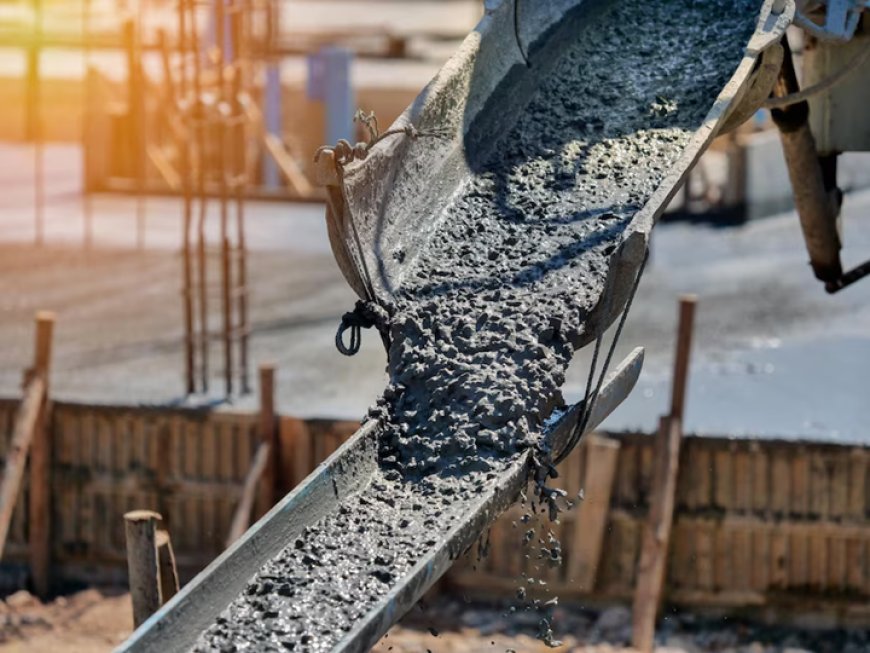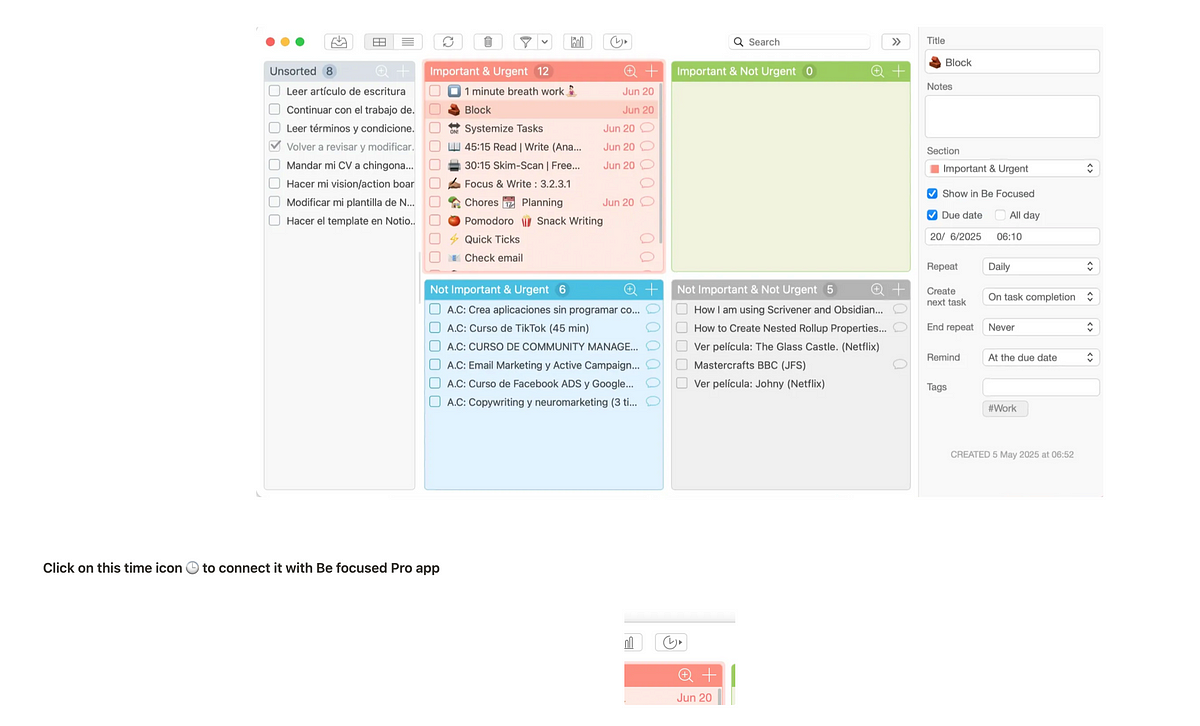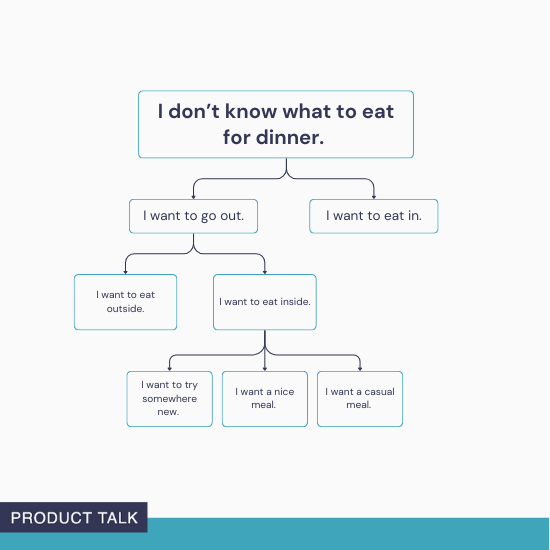Art of the Level Floor: Mastering Floor Screeding Techniques
Master floor screeding techniques for a level floor in the UK. Learn preparation, mixing, and curing for perfect results in homes and businesses.

A level floor is the foundation of any great space. In the UK, floor screeding ensures a smooth, even surface for homes and businesses. Mastering screeding techniques creates flawless results. Let’s explore the art of achieving a perfect level floor.
What Is Floor Screeding?
Floor screeding applies a thin layer of material over a concrete base. It creates a smooth, level surface for flooring like tiles or carpet. In the UK, screeds are typically cement-based or anhydrite-based. They suit various projects, from homes in Liverpool to offices in London.
Preparing the Subfloor
Preparation sets the stage. Clear the concrete base of dust and debris. Check for cracks and repair them with filler. Apply a bonding agent to improve adhesion. In the UK, where dampness is common, a damp-proof membrane prevents moisture issues. A solid subfloor ensures a lasting screed.
Choosing the Right Screed Mix
Select a concrete mix for your needs. Traditional sand-cement screeds suit most UK homes. They’re cost-effective and durable. Anhydrite screeds, common in commercial spaces, flow easily and dry faster. Additives like fibers reduce cracking. Match the mix to your project for best results.
Measuring and Setting Levels
Accuracy is crucial. Use a laser level to mark the desired height. Set screed rails or battens as guides. In the UK, uneven subfloors are common in older buildings. Precise leveling in places like York ensures a flat finish. Double-check measurements before pouring.
Mixing and Pouring the Screed
Mix the screed thoroughly. Use a forced-action mixer for consistency. Pour the screed between rails, starting from one corner. Spread it evenly with a straightedge. In the UK, where weather varies, pour on a dry day to avoid excess moisture. Even application prevents bumps.
Smoothing and Finishing
Smooth the surface with a trowel. Work in sections for a uniform finish. For large areas, like warehouses in Birmingham, use a power float. Remove rails as you go, filling gaps with screed. A polished finish ensures the floor is ready for coverings in UK projects.
Curing and Drying
Cure the screed properly. Cover it with plastic sheeting to retain moisture. This prevents cracking during drying. Sand-cement screeds take about 1mm per day to dry—up to 40 days for a 40mm layer. In the UK’s humid climate, allow enough time before installing flooring.
Frequently Asked Questions
1. What is floor screeding used for?
Floor screeding creates a smooth, level surface over concrete for flooring in UK homes and businesses.
2. How long does screed take to dry?
Sand-cement screeds dry at 1mm per day, so a 40mm layer takes about 40 days in the UK.
3. What’s the best screed mix for homes?
Traditional sand-cement screeds are cost-effective and durable, ideal for most UK domestic projects.



































































![https //g.co/recover for help [1-866-719-1006]](https://newsquo.com/uploads/images/202506/image_430x256_684949454da3e.jpg)





















![How Smart PMs Scale Their Careers in Any Org [TPG Live Recap]](https://tpgblog.com/wp-content/uploads/2025/06/2025-06-12-thumbnail-action.png?#)














































